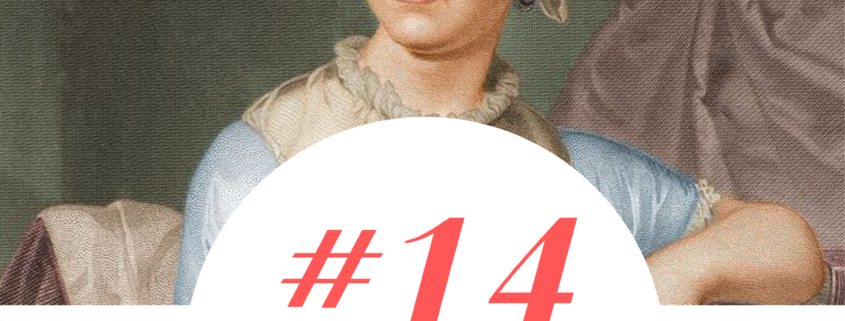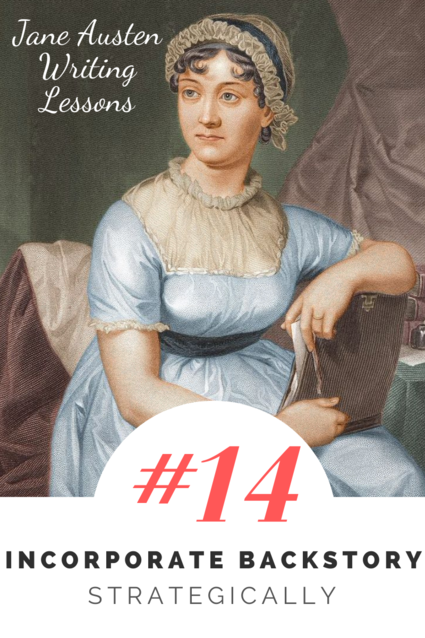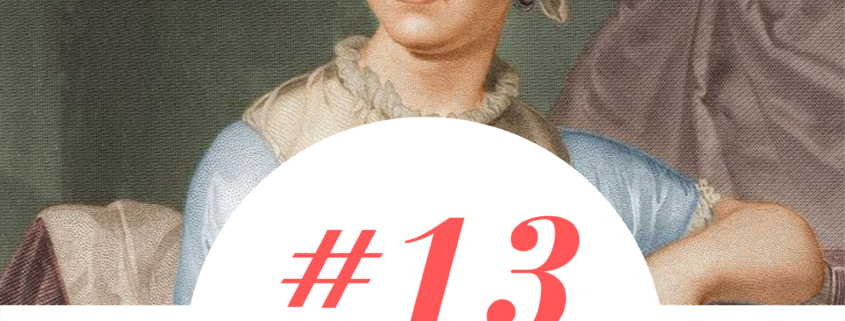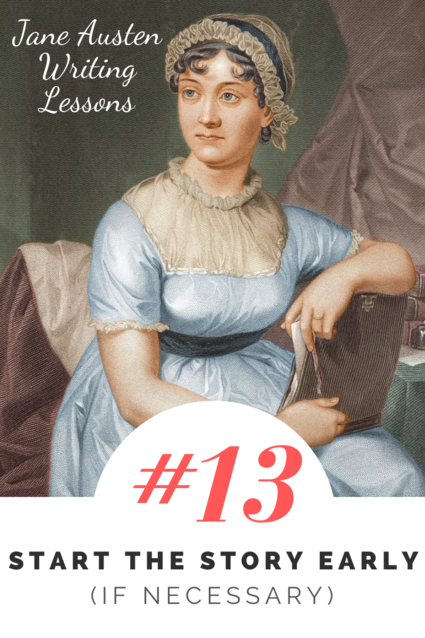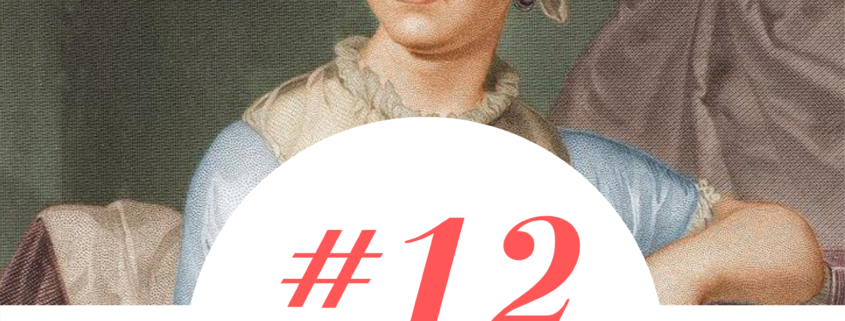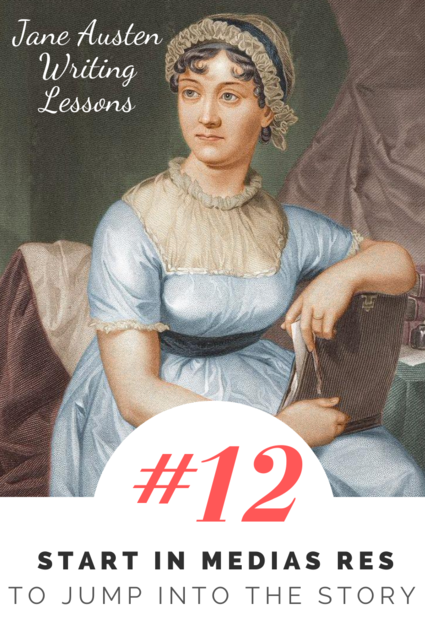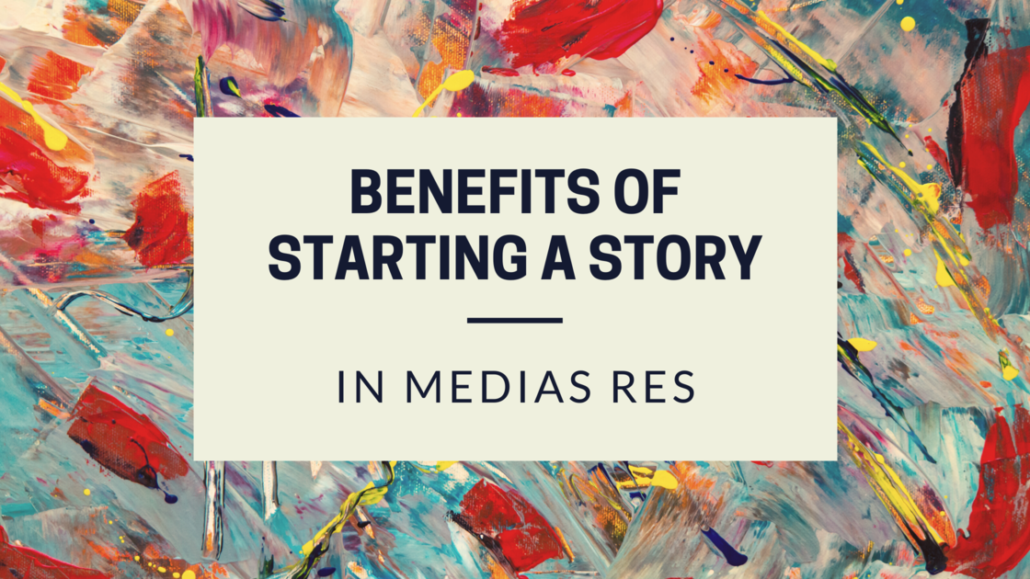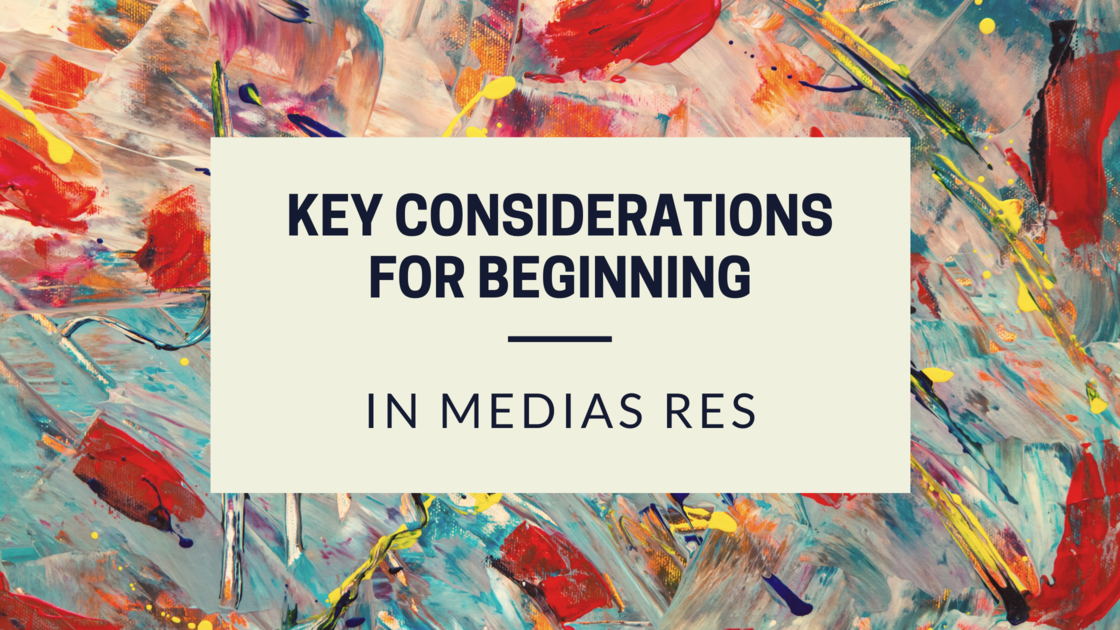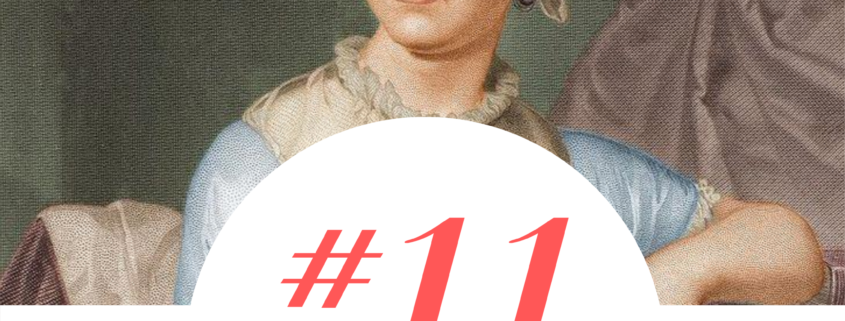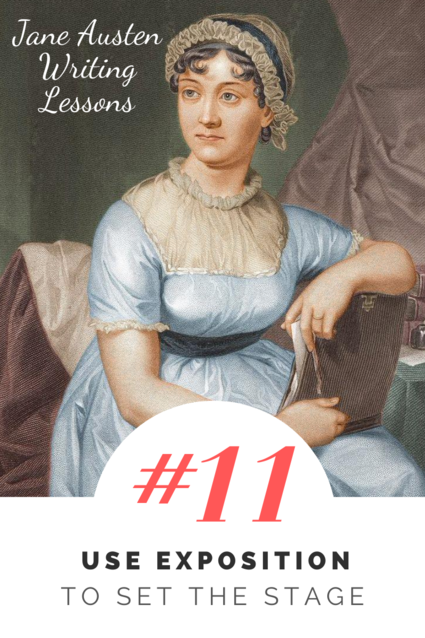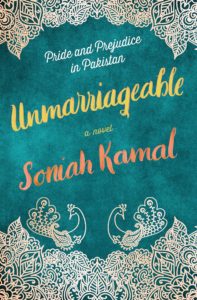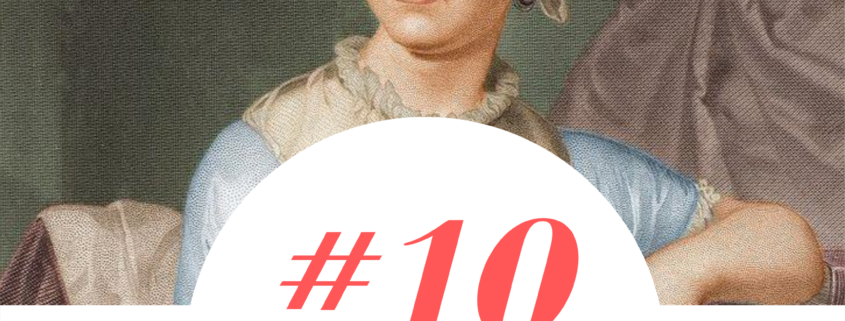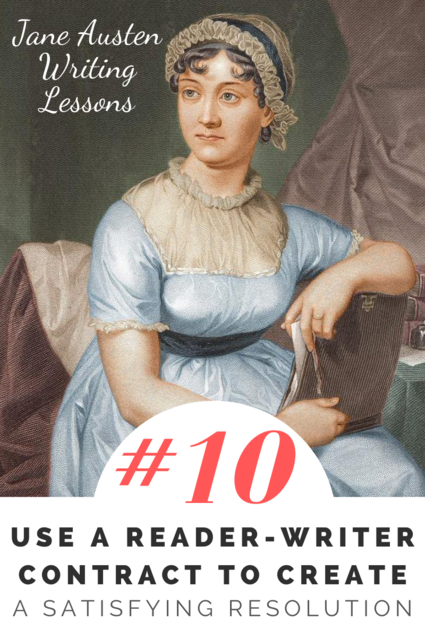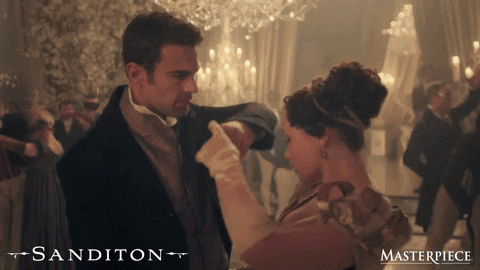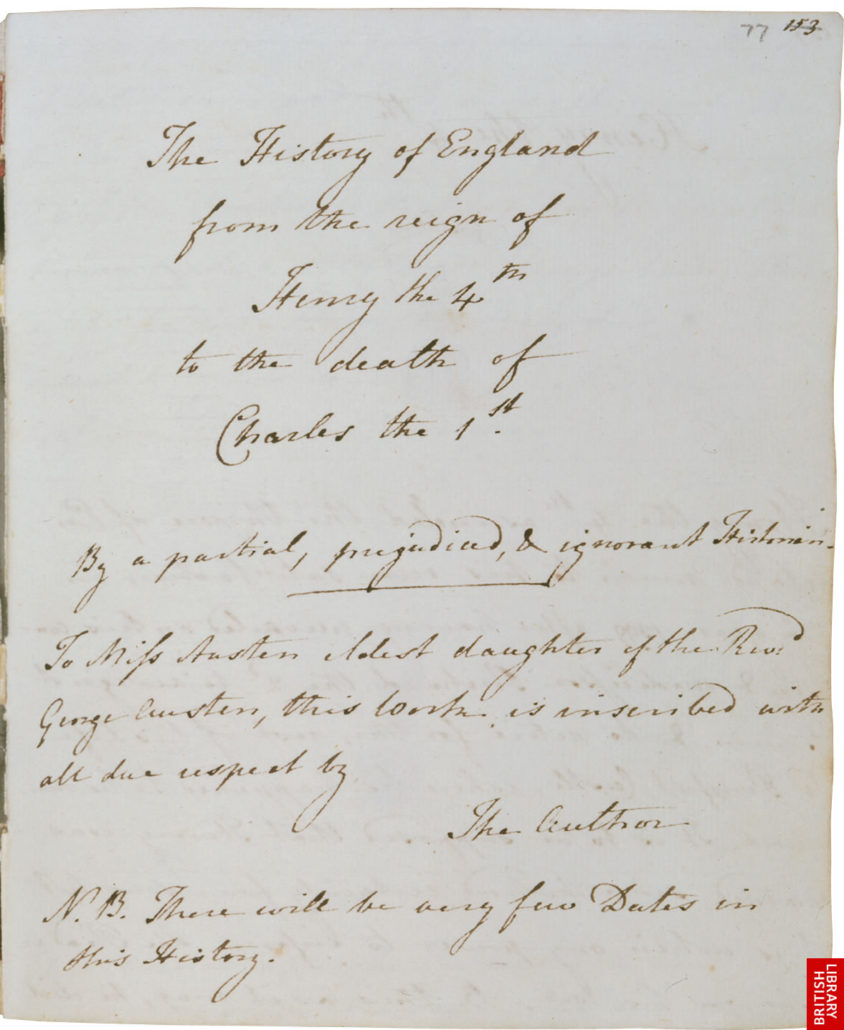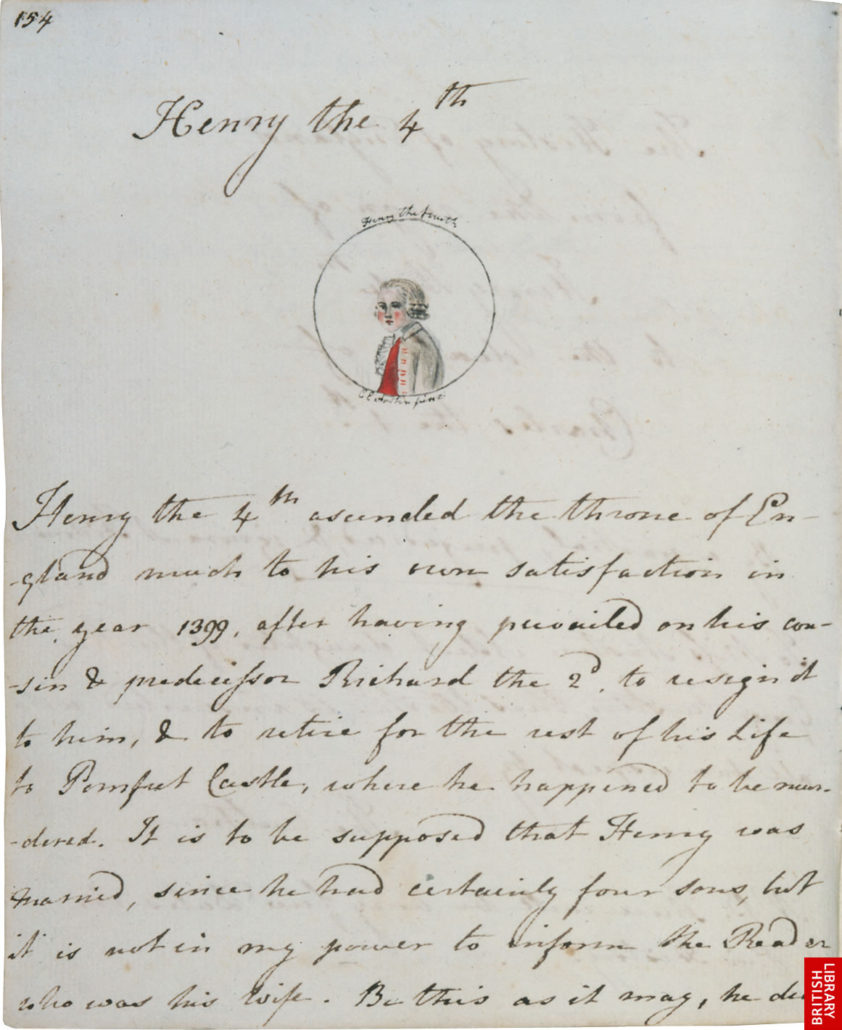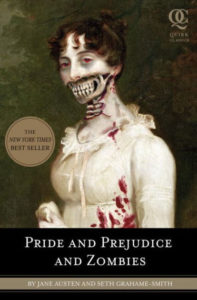#14: Incorporate Backstory Strategically
What is backstory?
Backstory is history and information about what happens before the story. Backstory is typically related to the characters, the situation, and the world in which they live.
Most backstory is never mentioned in a story—there are thousands of details and past events that inform the character and their community, thousands of excess details that your readers don’t want or need to know.
Yet there are plenty of details which the reader does need. The key is deciding how to share them.
One of the primary purposes of exposition is to provide backstory, yet too much backstory weighs down the exposition. Anytime you dive into past events, situations, details, and information, there’s a risk of creating an infodump.
An infodump is an excess of information that pulls us out of the narrative. Information is piled on the reader, who does not have direction, and who doesn’t feel any sense of connection to the information. When too much of this sort of information is given to the reader at once, none of the information has purpose or weight, and the reader often loses interest in the story.
Instead of creating a pile of information, consider the individual pieces, and how they could be incorporated. The soda can in this beach pile might not feel like garbage if we encounter it by itself, as we’re walking along the beach. We might see someone drinking it—it might bring up an interesting recollection of a past event or situation.
The author Jo Walton talks about the benefits of what she calls incluing, or “the process of scattering information seamlessly through the text, as opposed to stopping the story to impart the information.”
Backstory should be woven not just through the exposition of a story, but throughout the entire story.
Weaving in Backstory in Persuasion
In the exposition of Persuasion, Jane Austen establishes the Elliot family, the death of Lady Elliot, and the characters of the three daughters, including the oft overlooked Anne Elliot.
The heart of Persuasion is about Anne Elliot and her relationships, in particular her relationship with Captain Wentworth. Yet the crucial backstory about the relationship between them is not provided in the exposition of the novel, but is carefully woven throughout.
The Elliots have decided that in order to remain financially solvent, they must rent out their home, Kellynch Hall. In chapter 3, they discuss a possible tenant: Admiral Croft.
One line of dialogue gives us Anne’s viewpoint on the Navy:
“The navy, I think, who have done so much for us, have at least an equal claim with any other set of men, for all the comforts and all the privileges which any home can give.”
This is subtle backstory—it’s something she is saying in the moment, in response to her father’s prejudice. Yet it reveals her attitude towards those who serve in the Navy.
A few pages later, Anne is able to give specific details on what Admiral Croft is known for—that he fought in Trafalgar and has been stationed in the East Indies. Once again, this provides key backstory. As readers, we’ve learned that Anne knows much more about the Crofts than anyone in her family, yet we don’t yet know how she learned this information.
A few pages later, someone mentions that years back, someone had visited that had some connection to Admiral Croft, and after a pause, Anne volunteers a single detail.
“You mean Mr. Wentworth, I suppose,” said Anne.
Her hesitation, the lack of detail that she gives, all reveal things about Anne and her relationship with this family.
By the end of chapter 3 , Sir Walter Elliot decides that he will allow Admiral Croft to rent the estate. The chapter ends with this sentence.
No sooner had such an end been reached, than Anne, who had been a most attentive listener to the whole, left the room, to seek the comfort of cool air for her flushed cheeks; and as she walked along a favourite grove, said, with a gentle sigh, “a few months more, and he, perhaps, may be walking here.”
In this moment, we see Anne’s current emotions and thoughts, but backstory is also revealed: we are given a sense of love lost, and we see the agitation this creates for Anne.
Throughout this chapter, there have been plenty of opportunities where Jane Austen could have provided an infodump, even spots where it might be natural and not feel like an infodump. Yet by spreading the information, piece by piece, it allows the scene to build, it provokes our curiosity, it gives crucial insight into Anne’s character, and it prepares us for chapter four, when we are given a larger amount of backstory.
The first line of Chapter 4:
He was not Mr. Wentworth, the former curate of Monkford, however suspicious appearances may be, but a captain Frederick Wentworth, his brother.
The narrator then describes Captain Wentworth’s situation years before, and how he and Anne met and fell in love. It tells us of their short engagement, and how Sir Walter and Lady Russell had convinced Anne to break it off.
This is a lot of backstory, but by this point, we care about Anne and this backstory has meaning for us as readers.
A gif from the 2007 film version of Persuasion: Anne and Captain Wentworth
Incorporating Information on a Need to Know Basis
Backstory is something that I often don’t get quite right in a first draft—it’s something I finesse during revision. But how do you do it? How do you weave it?
What Jane Austen often does is provide enough context ahead of time so the reader is oriented, and then adds information and backstory as the character interacts with present, current things.
For example, Uppercross is mentioned as the residence of Anne’s older sister, Mary. Mary invites Anne to go to Uppercross and she agrees. That’s our context. That’s what’s going to keep us oriented.
A few pages later, Anne goes to stay at Uppercross. Now, as she’s arriving at Uppercross, we receive a brief description of the village.
More details are given on a need-to-know basis, as they provide context, unravel character, forward the plot, and provide insights into the emotions of the characters:
Here Anne had often been staying. She knew the ways of Uppercross as well as those of Kellynch. The two families were so continually meetings, so much in the habit of running in and out of each other’s house at all hours, that it was rather a surprise to her to find Mary alone…
Here, we receive backstory on Mary’s strong connection to Uppercross. We see how familiar she is with it. And we experience this as she enters the cottage and finds her sister (surprisingly) alone.
Using Backstory to Build Moments of Emotional Impact
Backstory can also build to moments of emotional impact.
Captain Wentworth comes to Uppercross, and soon becomes friends with Anne’s host, which means that Wentworth and Anne must interact frequently.
They had no conversation together, no intercourse but what the commonest civility required. Once so much to each other! Now nothing! There had been a time, when of all the large party now filling the drawing-room at Uppercross, they would have found it most difficult to cease to speak to one another. With the exception, perhaps, of Admiral and Mrs. Croft, who seemed particularly attached and happy, (Anne could allow no other exception even among the married couples) there could have been no two hearts so open, no tastes so similar, no feelings so in unison, no countenances so beloved. Now they were as strangers; nay, worse than strangers, for the could never become acquainted. It was a perpetual estrangement.
This is a powerful, emotional moment of backstory, in which it is revealed how similar Anne and Wentworth were to each other, and how perfectly suited they had been for each other: “there could have been no two hearts so open.” Their similarity and how well suited they are for each other could have been revealed at many points of backstory prior to this, but instead, this bit of backstory is foreshadowed and saved for this moment, when it can have the greatest emotional impact because it is placed in contrast with Anne and Wentworth’s current relationship.
When you are using backstory for large emotional impact, limit the amount of backstory used. If we didn’t find out until now that Anne and Wentworth had been engaged, and then, at this moment, we found out they had been engaged and that they had been perfectly suited, this scene would be bogged down in the amount of impact, readers would be focusing on the new knowledge that they had a broken engagement, and their similarity would no longer have the space to have the same emotional impact.
When I’m editing and I see a scene where backstory is supposed to create emotional impact, I often realize that I’ve saved too much backstory for these scene, and I have to find pieces of backstory that I can weave in earlier so they aren’t distracting the reader from the true purpose and weight of the scene.
In Conclusion
Backstory should be included not only in the exposition, but throughout the entire novel. The incorporation of backstory is particularly suited to written fiction—it is much more difficult to include in film or theatre—and it provides insight into the character’s mind, perspective, experience, and emotions.
Exercise 1: Read the following paragraph.
Sandra stood at the edge of the dock, staring into the water. She could hear the other teenagers behind her, their laughter, their utter unconcern, as if this meant nothing. This meant nothing to them. They didn’t fear the water. She dipped her toe into the lake. She would be fine. She could do this. She closed her eyes, sucked in a breath of air and courage, and jumped.
Rewrite the paragraph, and as you do so, include 1 or 2 pieces of backstory.
This backstory could be about why Sandra fears water, what happened the last time she was in the water, or what happened to someone she knows, or it could be about the troubled history of this lake, a memory from this particular spot, etc. The type of information you choose to include will impact the emotion and direction of the paragraph.
Exercise 2: Take a novel that you have read at least once before. Skip the exposition, and now skim at least two or three chapters, looking for moments of backstory. Use post-it notes to mark these moments of backstory. Now analyze the author’s use of backstory:
- When is backstory incorporated?
- How is backstory incorporated?
- Are there moments where backstory is used to create emotional impact?
Exercise 3:
Take a story you have written and choose a key emotional moment that doesn’t include any backstory. Revise the scene to incorporate an element of backstory—small or large—in a way that increases the emotional impact of the moment.

